Gill’s men begin transition-phase campaign; focus on pace workloads, fielding intensity, and middle-order clarity ahead of ICC cycle
Perth, October 17, 2025 — The calm before the cricketing storm has arrived Down Under. Team India touched down in Australia early Thursday morning for a three-match ODI series, signaling the start of another rigorous overseas stretch — one that doubles as a transitional phase under captain Shubman Gill. The squad assembled in Perth, where conditioning drills, skill-specific nets, and scenario rehearsals will unfold over the next four days before the first ODI.
With senior pros Virat Kohli and Rohit Sharma rejoining the contingent, the tour blends legacy and experimentation. It comes on the heels of India’s Champions Trophy triumph, and in the shadow of a packed global calendar — part celebration, part reconfiguration.
The immediate priority? Sharpening roles, workloads, and chemistry before the next ICC window opens.
I. The Setting: From Mumbai’s farewell to Perth’s fire
India’s 16-member squad boarded an evening charter out of Mumbai after a brief camp at the BCCI’s National Cricket Academy, Bengaluru. By dawn in Perth, the time zones had flipped, but the energy had not.
At the WACA-adjacent training complex, head coach Rahul Dravid and support staff rolled out a compact itinerary: fitness on arrival, optional recovery nets on Day 1, followed by three progressive sessions — red-ball intensity on speed, white-ball focus on execution.
The humidity of the subcontinent has given way to the dry bite of Western Australia’s breeze — a condition India wants to exploit for fast-bowling rhythm and high catching drills. As Dravid told local reporters, “This tour is about clarity. It’s about giving the next line of leaders space to learn in demanding conditions while ensuring we remain competitive against top-tier opposition.”
The squad features pace-heavy reserves, a sharp batting mix, and role flexibility baked into selection.
II. The Squad Composition: Transition meets experience
| Role | Player | Notes |
| Captain | Shubman Gill | Continues in white-ball leadership after Asia Cup; symbolic generational handover. |
| Senior batters | Rohit Sharma, Virat Kohli | Back in fold post-rest; anchoring and mentoring key. |
| Wicketkeeper-bats | KL Rahul, Rishabh Pant | Competing for middle-order and finishing roles. |
| All-rounders | Hardik Pandya, Ravindra Jadeja | Fitness management critical; balance hinges on their overs. |
| Bowlers | Bumrah, Siraj, Arshdeep Singh, Kuldeep Yadav, Chahal | 3+2 combination likely; spin selection varies per venue. |
| Others | Rinku Singh, Tilak Varma, Axar Patel, Washington Sundar |
Selectors and the think tank are pursuing two goals simultaneously:
- Preserve the winning nucleus from the Champions Trophy.
- Integrate emerging performers from India A and WPL-inspired domestic systems.
Gill’s captaincy, meanwhile, is being carefully trialed for temperament — a next-gen blueprint, not just a temporary patch.
III. Perth Training Blocks: Science meets sweat
1. Pace Workloads and Bounce Simulation
Perth’s WACA surfaces — hard, lively, and unforgiving — are the perfect rehearsal for next year’s overseas ICC finals circuit. Bowling coach Paras Mhambrey and strength-conditioning lead Soham Desai are implementing structured “bowling bursts”: three-over spells at full tilt, replicating match rhythm with 90-second recovery zones.
Bumrah, Siraj, and Arshdeep are alternating sessions to maintain intensity without overloading tendons.
New sensors in wearable kits record seam-release angles, landing forces, and spin revs. Each bowler’s biomechanical data will feed into role planning for Perth (bouncer-heavy), Adelaide (grip variation), and Sydney (turn and reverse).
2. Fielding Intensity and Catch Efficiency
Under fielding coach T. Dilip, players ran 90-minute high-velocity catching drills — cross throws at dusk, under fading light, to simulate real match fatigue.
India’s staff are mindful that Australian outfields expose even small lapses. “Every percent counts when grounds are fast,” Dilip said. “The goal is conversion — half-chances into wickets.”
3. Batting and Role Calibration
Batting coach Vikram Rathour divided nets into “Powerplay, Middle, Death” rotations.
Gill and Rohit are fine-tuning early swing adaptation; Kohli and Rahul practicing late cutting and on-drive placements. The No. 6 slot — a subject of endless debate — will pit Rinku, Tilak, and Pandya’s batting order flexibility.
Sessions have included left-arm angle simulations with Arshdeep and throwdown specialists replicating Starc-style pace.
IV. The Storyline: Post-Champions Trophy balance
India enters this tour with the luxury of momentum — but also the weight of expectation. Winning the Champions Trophy earlier this year reset narrative arcs: a title drought ended, composure restored.
Yet, selectors are acutely aware of the cyclical fatigue that can follow triumphs. Hence the mixed core — pairing legends with leaders-in-waiting.
Rahul Dravid has termed this approach “progressive stewardship” — senior pros remain the cornerstone, but emerging leaders shoulder tactical responsibility mid-game. Gill’s task: to command respect without stepping on senior legacy, a dance few captains manage gracefully.
Analyst Deep Dasgupta, speaking on Star Sports, summed it up:
“This tour is where we’ll know whether India’s transition is organic or forced. Gill doesn’t have to imitate Rohit’s aura; he has to prove that leadership is transferable without losing team rhythm.”
V. The Australian Context: Rebuilding and scouting
Australia, too, is in an experimental groove. With Pat Cummins resting and Travis Head recovering from a side strain, interim captain Steve Smith will marshal a mixed squad — veterans paired with domestic bolters like Nathan Ellis, Aaron Hardie, and Matt Short.
For the hosts, the series doubles as a bench audit ahead of the home Test summer. Coach Andrew McDonald said, “India’s depth forces us to stretch ours. These ODIs are less about scorelines and more about finding roles that survive pressure.”
Australian conditions remain a proving ground for Indian seamers and batters alike — true bounce, cross-winds, and day-night transitions test both technique and concentration.
VI. Key Tactical Questions for India
1. Who owns the No. 6 position?
India’s batting order stability rests on finding the perfect finisher. Hardik Pandya’s spot is secure, but balance around him isn’t. Tilak’s composure vs Rinku’s power — that duel may decide the middle-overs tempo.
2. How will the spin equation evolve?
Kuldeep’s renaissance and Chahal’s control remain assets. Yet, Perth may favor seam, while Sydney tempts with spin. Rotational transparency is vital — India can’t afford predictable bowling combinations.
3. Captaincy dynamic under Gill.
How Gill handles field changes, DRS timing, and bowling switches with senior peers present will shape locker-room perceptions. Mentorship by Rohit and Kohli could blend wisdom with innovation — if communication flows both ways.
4. Keeping and finishing duties.
Pant’s return adds spark but also selection complexity. Rahul’s stability vs Pant’s X-factor will frame media debates all series.
5. Pace rotation amid workload awareness.
Bumrah’s post-injury management remains a long-term project. Expect Arshdeep and Siraj to shoulder heavier middle-overs duty.
VII. Voices from the Camp
Shubman Gill (Captain):
“Australia always asks questions — about your technique, your intent, your patience. We want to play brave cricket but also smart cricket. For me, leadership is not about speeches; it’s about clarity.”
Rahul Dravid (Head Coach):
“We’ve built a strong culture post-Champions Trophy. Now, it’s about continuity and succession — giving younger players exposure while maintaining performance.”
Virat Kohli:
“I’ve always enjoyed the challenge here. It’s about preparation, not expectation. Our energy as a unit matters more than any one milestone.”
Steve Smith (Australia Captain):
“India’s batting depth is phenomenal. Every series against them is a lesson in precision — for our bowlers and planners.”
VIII. Schedule Snapshot
| Match | Date | Venue | Time (IST) |
| 1st ODI | Oct 22 | Perth | 9:00 AM |
| 2nd ODI | Oct 25 | Adelaide | 8:50 AM |
| 3rd ODI | Oct 28 | Sydney | 9:00 AM |
Practice matches: Oct 19–20 at WACA nets (closed to public).
Broadcast: Star Sports Network / Disney+ Hotstar (digital)
IX. Beyond the Boundary: Broader Implications
A. Managing Transition without Losing Continuity
Cricket’s generational shift can be messy. By keeping Rohit and Kohli active mentors within the setup, BCCI aims to avoid the post-Dhoni vacuum that once unsettled the dressing room.
B. Market and Viewership
Australia series always magnetize Indian audiences across time zones. Advertisers anticipate high overnight ratings — especially for Gill’s captaincy debut on Australian soil. OTT platforms expect surge traffic between 6–10 AM IST.
C. Technical Evolution
India’s focus on data-led decision-making — using analytics for field placements and opposition pattern recognition — mirrors a global trend. The backroom staff includes data analysts cross-trained in Hawk-Eye and ProVision systems.
X. Expert Analysis
Anjum Chopra (Ex-India Captain):
“This tour will tell us how India sustains excellence while evolving tactically. The next ICC event is less than a year away — this is the lab.”
Ricky Ponting (Former Australia Captain):
“I’m intrigued by how Shubman Gill leads with two heavyweights behind him. If he gets that right, India’s leadership succession could be the smoothest in years.”
Harsha Bhogle (Commentator):
“Beyond tactics, this is about trust — trusting youth to perform abroad and trusting veterans to guide without overshadowing. That chemistry is India’s real test.”
XI. Fan and Media Buzz
Social feeds erupted as visuals of the team landing in Perth surfaced — fans waved tricolors at the airport, while local Indian diaspora prepared banners for practice sessions.
#WelcomeTeamIndia trended with over 300K posts on X within four hours.
Cricket Australia’s digital channels confirmed that tickets for the first ODI were 80% sold within a day of opening.
Meanwhile, Perth local papers framed it as “Champions Arrive for Bounce Test” — a nod to India’s subcontinental supremacy meeting Australia’s seaming challenge.
XII. Looking Ahead: What Success Looks Like
For India, series wins matter — but so do takeaways:
- Establish a clear pecking order in batting positions.
- Validate leadership depth beyond Rohit.
- Integrate data and conditioning science consistently.
- Return with injury-free players for upcoming T20 home season.
- Sustain public enthusiasm through smart fan engagement.
A 2–1 result would suffice statistically. But symbolically, this tour could anchor India’s white-ball future — one where experience fuels youth, not eclipses it.
Conclusion
When India and Australia meet, results reverberate far beyond scorecards. For Shubman Gill and his men, the coming fortnight represents more than an ODI rehearsal — it’s the start of India’s next cricketing chapter. The land of fast pitches, fierce crowds, and fine margins awaits.
As training sessions begin under Perth’s pale blue sky, one thing is certain: Team India’s evolution is underway — grounded in data, driven by youth, and guided by giants.
#INDvAUS #Cricket #TeamIndia #ODI #Perth #ShubmanGill #RohitSharma #ViratKohli #SportsNews #SarhindTimes



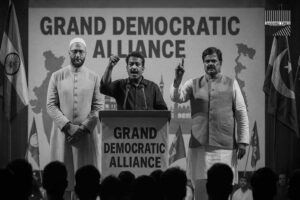








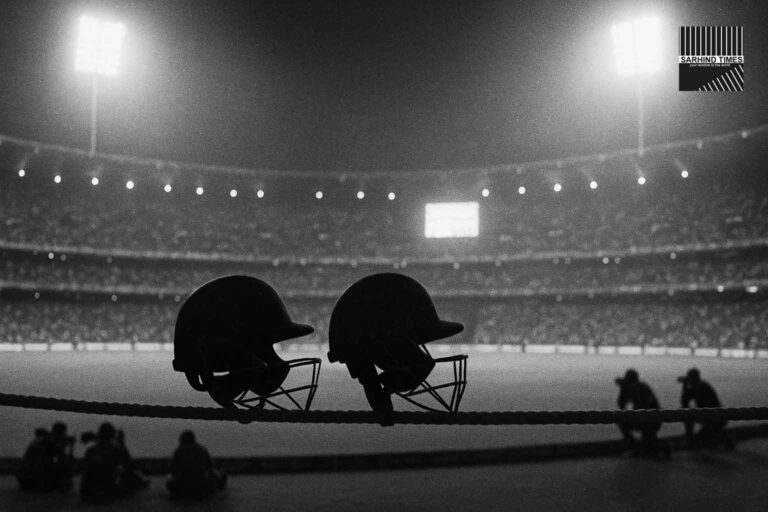
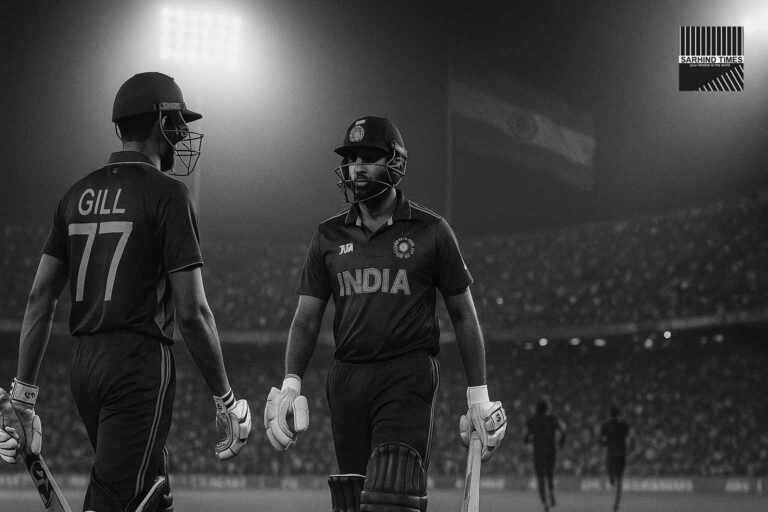
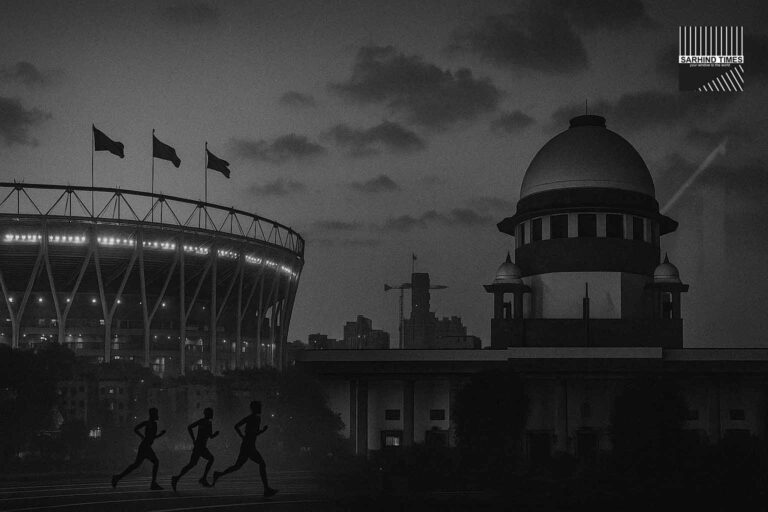


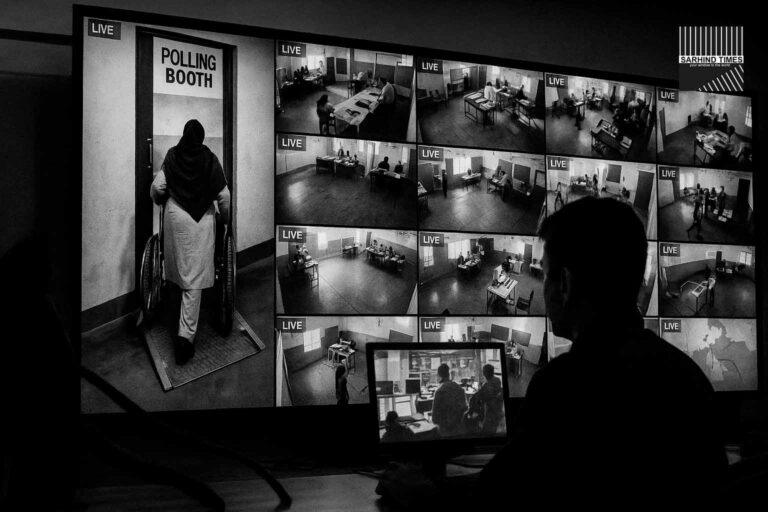
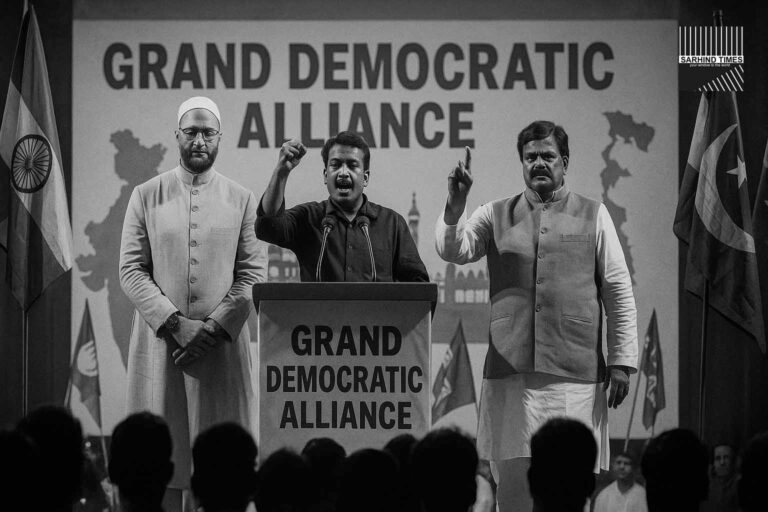

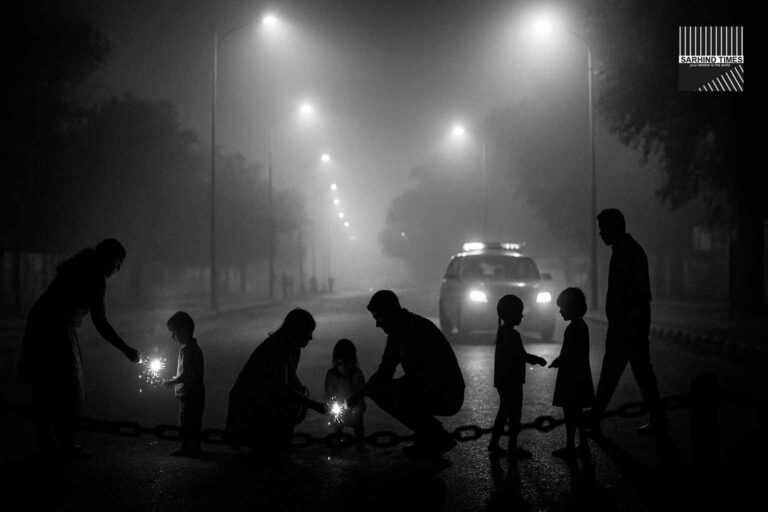
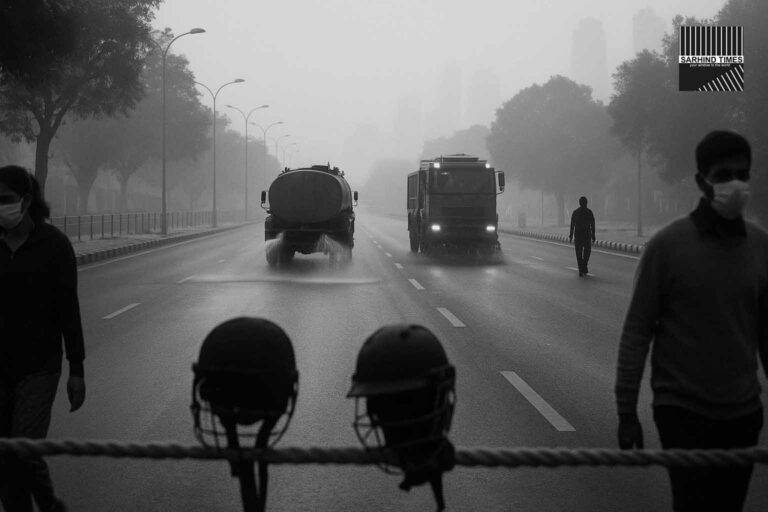

+ There are no comments
Add yours